#Wet beast wednesday
Text
Today is Wet Beast Wednesday!
Today’s wet beast is: Pipefish
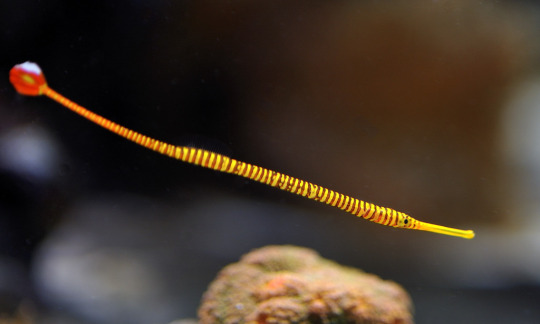
Olive’s wet beast fact: You’re probably thinking that these worm-on-a-string lookin ass creatures look like straightened seahorses. That’s bc they are part of the Syngnathidae family with Seahorses and Sea Dragons. Funky!
Stay tuned for more Wet Beast Wednesdays!
#pipefish#banded pipefish#syngnathidae#wet beast wednesday#fish#aquarium#sharks#marine biology#oceanposting#deep sea#sea creatures#ocean#sea horse#seahorse#fishblr#fishes#science#biology
8K notes
·
View notes
Text

Have a pregnant male pipefish on this Wet Beast Wednesday. I'm not sure animals who live in water properly embody the pathetic spirit of the day, but I was soggy and frozen enough for both of us.
4K notes
·
View notes
Text
fish r wet. I think. This has been fun fish facts.
#i am a marine biology student and my professors would yell at me for this post#marine biology#marine biology memes#fish#fish memes#there are many benefits to being a marine biologist#wet beast. uh. thursday#it is not actually#wet beast wednesday#because it is thursday but we can pretend
2K notes
·
View notes
Text
Wet Beast Wednesday: moray eels
This week on Wet Beast Wednesday I'll be going over something amazing, a fish with a sense of morality. You see, the moral eel is known for, what... I think I'm reading this wrong. Oh, MoRAY eel, not moral. Well this is awkward. Hang tight, I need to go redo my research.

(Image: a green moray (Gymnothorax funebris) swimming outside of its burry, with its whole body visible from the side. It is a long, slender fish that looks a bit like a snake. A long fin starts just below the head and continues down the length of the body. The body is arranged in a wave pattern. It has a pointed snout and small eyes. Its body is a yellow-green color. In the background is the sandy seafloor, dotted with various sponges and corals. End ID)
Moray eels are true eels, meaning they are in the order Anguiliformes. Yeah, I did wolf eels, electric eels, and lamprey eels before I got around to actual eels. There are over 200 known species of moray eel in 15 genera. Like other eels, they are elongated bony fish with extra vertebrae and reduced fins. Moray eels have fewer fins than most eel species, only having a dorsal, anal and tail fin that merge together and run down the back of most of the body and underneath portion of it. They achieve motion by undulating this long fin and sometimes undulating the rest of the body as well. Moray eels aren't the fastest of fish, but they can swim backwards, something almost no fish can. The head has a long snout with wide jaws. Most species have long fangs used to grab onto prey, but a few species are adapted to eat hard-shelled prey and have molar-like teeth to crush through shells instead. Probably the coolest feature of morays are the pharyngeal jaws. This is a second set of jaws located in the back of the mouth. When the eel bites onto prey, the jaws can be shot forward to grab the food and help pull it into the throat. While lots of fish have pharyngeal jaws, morays are the only ones who can extend their pharyngeal jaws forward and use them to grab prey. Morays have smooth, scaleless skin that is often patterned to provide camouflage. The skin is coated in mucus that provides protection from damage and infection. In some species, the mucus can be used to glue sand together to help reinforce burrows. Morays lack lateral lines, a system of organs found in most fish that senses changes in water movement. Their sense of smell is their primary sense. The size of morays varies between species. The smallest species is the dwarf moray eel (Gymnothorax melatremus) which reaches 26 cm (10 in) long. The largest species by mass is the giant moray eel (Gymnothorax javanicus) which can reach 3 meters (10 ft) and 30 kg (66 lbs) while the longest species is the slender giant moray (Strophidon sathete), the longest known specimen of which measured in at 3.94 m (12.9 ft).

New reaction image
(Image: a giant moray (Gymnothorax javanicus) emerging from a burrow. It is brown and mottled with yellowish patches. Its head is pointed at the camera and it's mouth is wide open, aming it look shocked. End ID)

(Image: an anatomical diagram of the skeleton of a moray eel emphasizing the pharyngeal jaws and the muscle attachments. End ID. Art by Zina Deretsky)
Moray eels are found throughout the Atlantic, Pacific, and Indian oceans. Different species are found in different temperatures and depths, though most species live in relatively shallow, warm water. Several species can live in brackish water and a few will swim upriver and live for a time in fresh water, though there do not appear to be any species that live their entire lives in fresh water. Morays are ambush predators who rely on the element of surprise. They live in small, tight places such as holes in coral, gaps between rocks, or sandy burrows. When prey passes, the eel can lunge out and grab it. Unlike most fish, the eel cannot use suction feeding due to the shapes of their mouths. They have to rely on lunging froward and catching prey with their mouths. Their mouths are adapted in shape to push water to the sides. This reduces water resistance and avoids creating a wave that could push prey away from the eel. If an eel catches prey that cannot be swallowed whole, it will tie itself in a knot while biting on to the food. By pulling its head through the loop, the eel can rip the food into bite-sized pieces. Spending most of their times in burrows also provides protection from predators, especially in juveniles or smaller species. At night, the eels will come out of their burrows to hunt sleeping prey while the larger predators are asleep. Giant morays have also been seen engaging in interspecies cooperative hunting with roving coral groupers (Plectropomus pessuliferus). The eels can fit into small crevices the groupers can't to flush prey into the grouper's path while catching their own. Morays are mostly solitary species and many can be territorial. They are known to be shy and will retreat into their burrows if they feel threatened. They are also curious and many species are quite intelligent.
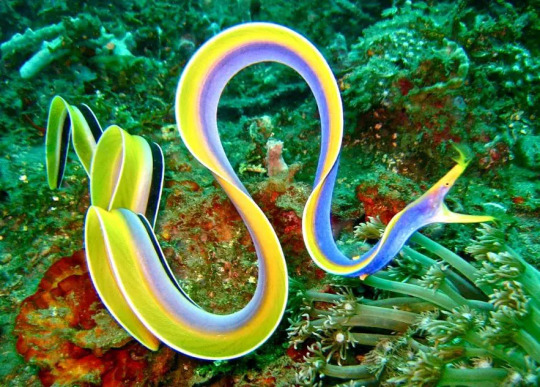
(Image: a male ribbon eel (Rhinomuraena quaesita) on a coral reef. It is a very long and slender eel with its body curved in many waves. It is brightly colored, with a blue-purple body, yellow fin and face, and a long black and white stripe running down the back half of the body. On the nostrils are two feather-like structures. End ID)
Morays reproductive strategies are poorly known and differ based on species. While many species seem to have no set mating season and will reproduce whenever they can, others will mate at the same time every year. Some species seem to have dedicated spots to lay their eggs and a few are believed to be anadromous, meaning they travel from the sea to fresh water to spawn. Meanwhile, some of the species that spend a lot of time in fresh water are catadromous, meaning they return to sea to mate. Females will lay their eggs and the male fertilize them. After this, they depart, providing no parental care. As with all true eels, moray eels begin life as leptocephalus larvae. This type of fish larvae is notable for its resemblance to a simple, transparent leaf with a head on one end. These larvae are unique and poorly understood, despite being the larval stage of a lot of different species of fish. They are unusually well developed for larvae, capable of active swimming and generally living life. In fact, some particularly large leptocephalus larvae were initially mistaken for adult fish. They feed mostly on bits of drifting organic material called marine snow and can remain in the larval stage for up to 3 years, with those in colder conditions usually taking longer to metamorphose. All leptocephalus larvae start out with no sex organs, then develop female organs, then develop male ones, becoming simultaneous hermaphrodites. They will ultimately become eith male or female and it is likely that environmental factors are the main determining factor. During metamorphosis into a juvenile, the leptocephalus can reduce in size by up to 90%, resulting in the juvenile being smaller than the larva. The process of maturation is poorly understood, but it seems that most morays will be sexually mature by three years of age.

(Image: multiple photos of a particularly large leptocephalus larva (not sure what species). It is a translucent organis, wth a body shaped like a very long leaf, narrow at both ends. In the frint is a very tiny head. End ID)
Morays are shy and generally avoid humans. Though some cultures have hunted them for food, they are often not considered a particularly good food source. Many species have high levels of chemicals called ciguatoxins in their bodies, which can lead to a condition called ciguatera fish poisoning if eaten. The largest threat to morays is habitat loss. This is especially true for the many species that live in coral reefs, which are in increasing danger due to global warming. Attacks on humans are rare and usually happen as a response to a human sticking their hand in the eel's burrow. Some of the large species could cause significant damage with a bite. Some species, usually the smaller ones, are found in the aquarium trade, thought they are not good pets for beginners as even the smallest morays are still large for aquarium fish and have some specific requirements. The curiosity many morays have has led to some becoming familiar with and even friendly to humans, often the result of feeding them. They can recognize individual humans and remember them over the course of years. Aquarium employees sometimes report that the eels will come to nuzzle and play with them and have personalities like dogs. Marine biologists and professional SCUBA divers Ron and Valorie Taylor befriended a pair of eels they named Harry and Fang at the Great Barrier Reef who would remember them and come out to visit them year after year.
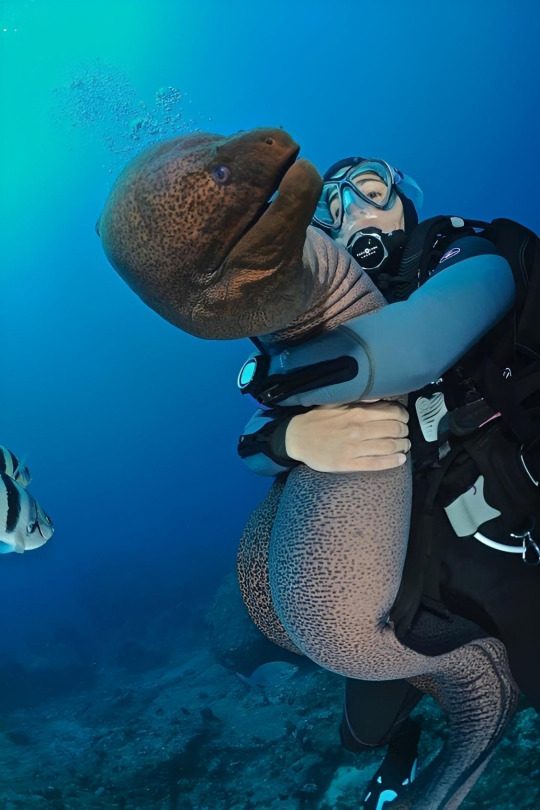
(Image: a SCUBA diver hugging a large, brown moray with black spots. End ID)
youtube
(Video: A shot video showing Valeria Taylor and a moray eel she befriended)
youtube
(Video: the song "That's a Moray", a parody of the song "That's Amore" by Dean Martin)
#wet beast wednesday#i accidentally typed moron eel more than once#moray eel#eel#anguiliformes#fish#bony fish#fishblr#fishposting#eelposting#marine biology#biology#ecology#zoology#animal facts#informative#image described#that's a moray#educational#Youtube
691 notes
·
View notes
Text

Chill dude it’s Wet Beast Wednesday
1K notes
·
View notes
Text





wet beast wednesday 🐻
#jon bernthal#the punisher#sweet virginia#the walking dead#pilgrimage#american gigolo#frank castle#shane walsh#the mute#julian kaye#sam rossi#anna-hawk#kwistowee#userlyudmila#stephibee#dilfgifs#mancandykings#darlingedits#wet beast wednesday
669 notes
·
View notes
Text
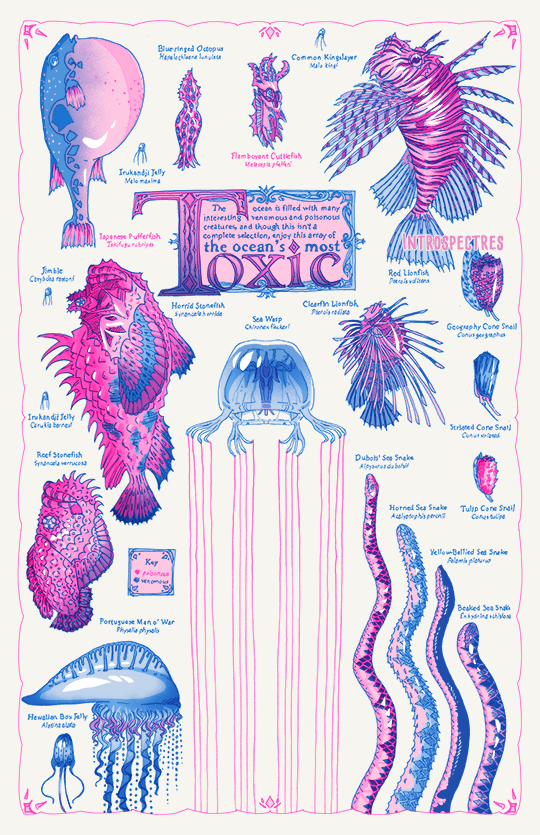
Drew some poisonous & venomous sea creatures for my first foray into risograph printing. I’m so pleased with how bright the colors turned out in-person. :') [shop link]
2K notes
·
View notes
Text
Today is Wet Beast Wednesday!
Today’s wet beast is: Pyjama Shark


Olive’s wet beast fact: look at him he’s literally in his jammies I’m going to cry.
Stay tuned for more Wet Beast Wednesdays!
#pyjama catshark#pyjama shark#wet beast wednesday#aquarium#marine biology#fish#sharks#oceanposting#deep sea#sea creatures#ocean#fishblr#zoology#marine life
3K notes
·
View notes
Text




I'm putting together a team.
3K notes
·
View notes
Text
WET

BEAST
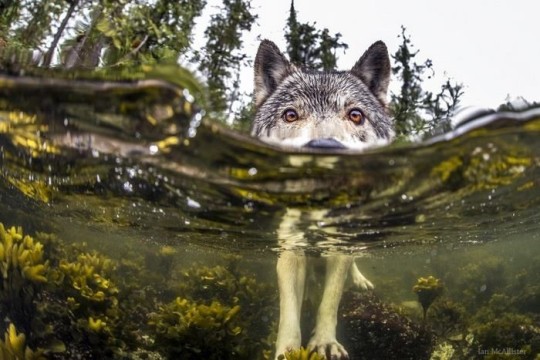
WEDNESDAY!!
Woohoo!! My first wbw I feel like a real alterhuman blog now./hj
#alterhuman#caninekin#therian community#alterhumanity#alterbeing#therian#lycanthrope#nonhuman#wolfkin#otherkin#copinglink#crowhearted#wet beast wednesday#wolf theriotype#wolf kin#wolf supremacy#transmasc
479 notes
·
View notes
Text

Happy first wet beast Wednesday of the year!
#wet beast wednesday#bsd#bungou stray dogs#bsd atsushi#atsushi nakajima#byakko#bsd memes#bungou stray dogs memes
887 notes
·
View notes
Text
wizard wednesday, wet beast wednesday, werewolf wednesday..
these days align to give us one hell of a weekday

9K notes
·
View notes
Text
Swimmin lessons with mom
Explore
1K notes
·
View notes
Text
I recently found out a show I liked is 10 years old now so to not be the oldest thing on this blog I'm talking coelacanths for Wet Beast Wednesday. Coelacanths are rare fish famed for being living fossils. While that term is highly misleading, it is true that coelacanths are among the only remaining lobe-fined fish and were thought to have gone extinct millions of years ago before being rediscovered in modern times.
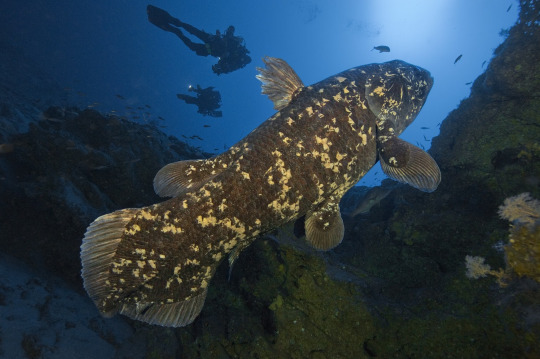
(image id: a wild coelacanth. It is a large, mostly grey fish with splotches of yellowish scales. Its fins are attached to fleshy lobes. It is seen from the side, facing the top right corner of the picture)
Coelacanth fossils had been known since the 1800s and they were believed to have gone extinct in the late Cretaceous period. That was until December 1938, when a museum curator named Marjorie Courtenay-Latimer was informed of an unusual specimen that had been pulled in by local fishermen. After being unable to identify the fish, she contacted a friend, ichthyologist J. L. B. Smith, who told her to preserve the specimen until he could examine it. Upon examining it early next year, he realized it was indeed a coelacanth, confirming that they had survived, undetected, for 66 million years. Note that fishermen living in coelacanth territory were already aware of the fish before they were formally described by science. Coelacanths are among the most famous examples of a lazarus taxon. This term, in the context of ecology and conservation, means a species or population that is believed to have gone extinct but is later discovered to still be alive. While coelacanths are among the oldest living lazarus taxa, they aren't the oldest. They are beaten out by a genus of fly (100 million years old) and a type of mollusk (over 300 million years old).

(image: a coelacanth fossil. It is a dark brown imprint of a coelacanth on white rock. Its skeleton is visible in the imprint)
Coelacanths are one of only two surviving groups of lobe-finned fish along with the lungfishes. Lobe-finned fish are bony fish notable for their fins being attached to muscular lobes. By contrast, ray-finned fish (AKA pretty much every fish you've ever heard of that isn't a shark) have their fins attached directly to the body. That may not sound like a big difference, but it actually is. The lobes of lobe-finned fish eventually evolved into the first vertebrate limbs. That makes lobe-finned fish the ancestors of all reptiles, amphibians, and mammals, including you. In fact, you are more closely related to a coelacanth than a coelacanth is to a tuna. Coelacanths were thought to be the closest living link to tetrapods, but genetic testing has shown that lungfish are actually closer to the ancestor of tetrapods.
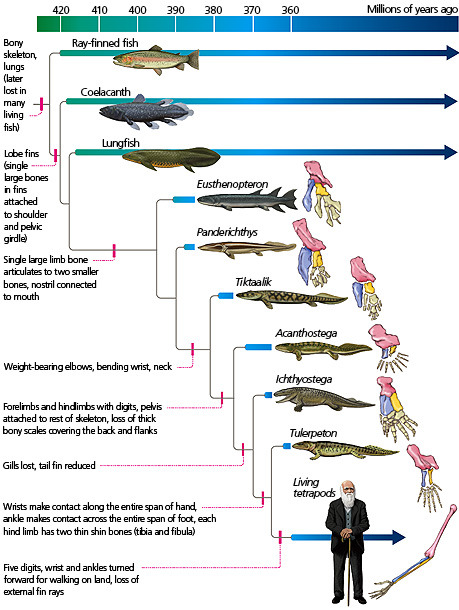
(image id: a scientific diagram depicting the taxonomic relationships of early lobe-finned fish showing their evolution to proto-tetrapods like Tiktaalik and Ichthyostega, to true tetrapods. Source)
There are two known living coelacanth species: the west Indian ocean coelacanth (Latimeria chalumnae) and the Indonesian coelacanth (L. menadoensis). Both are very large fish, capable of exceeding 2 m (6.6 ft) in length and 90 kg (200 lbs). Their wikipedia page describes them as "plump", which seems a little judgmental to me. Their tails are unique, consisting of two lobes above and below the end of the tail, which has its own fin. Their scales are very hard and thick, acting like armor. The mouth is small, but a hinge in its skull, not found in any other animal, allows the mouth to open extremely wide for its size. In addition, they lack a maxilla (upper jawbone), instead using specialized tissue in its place. They lack backbones, instead having an oil-filled notochord that serve the same function. The presence of a notochord is the key characteristic of being a chordate, but most vertebrates only have one in embryo, after which it is replaced by a backbone. Instead of a swim bladder, coelacanths have a vestigial lung filled with fatty tissue that serves the same purpose. In addition to the lung, another fatty organ also helps control buoyancy. The fatty organ is large enough that it forced the kidneys to move backwards and fuse into one organ. Coelacanths have tiny brains. Only about 15% of the skull cavity is filled by the brain, the rest is filled with fat.

(image id: a coalacanth. It is similar to the one on the above image, but this one is blue in color and the head is seen more clearly, showing an open mouth and large eye)
One of the reasons it took so long for coelacanths to be rediscovered is their habitat. They prefer to live in deeper waters in the twilight zone, between 150 and 250 meters deep. They are also nocturnal and spend the day either in underwater caves or swimming down into deeper water. They typically stay in deeper water or caves during the day as colder water keeps their metabolism low and conserves energy. While they do not appear to be social animals, coelacanths are tolerant of each other's presence and the caves they stay in may be packed to the brim during the day. Coelacanths are all about conserving energy even when looking for food. They are drift feeders, moving slowly with the currents and eating whatever they come across. Their diet primarily consists of fish and squid. Not much is known about how they catch their prey, but they are capable of rapid bursts of speed that may be used to catch prey and is definitely used to escape predators. They are believed to be capable of electroreception, which is likely used to locate prey and avoid obstacles. Coelacanths swim differently than other fish. They use their lobe fins like limbs to stabilize their movements as they drift. This means that while coelacanths are slow, they are very maneuverable. Some have even been seen swimming upside-down or with their heads pointed down.
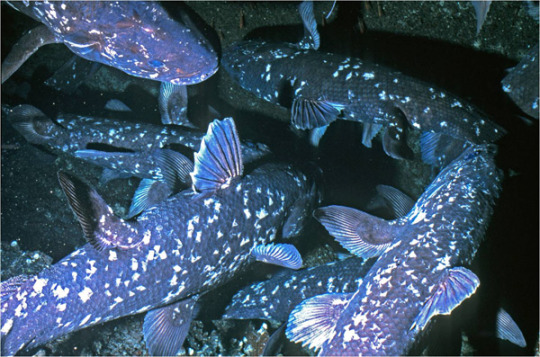
(image: an underwater cave wilt multiple coelacanths residing in it. 5 are clearly visible, with the fins of others showing from offscreen)
Coelacanths are a vary race example of bony fish that give live birth. They are ovoviviparous, meaning the egg is retained and hatches inside the mother. Gestation can take between 2 and 5 years (estimates differ) and multiple offspring are born at a time. It is possible that females may only mate with a single male at a time, though this is not confirmed. Coelacanths can live over 100 years and do not reach full maturity until age 55. This very slow reproduction and maturation rate likely contributes to the rarity of the fish.

(image: a juvenile coelacanth. Its body shape is the same as those of adults, but with proportionately larger fins. There are green laser beams shining on it. These are used by submersibles to calculate the size of animals and objects)
Coelacanths are often described as living fossils. This term refers to species that are still similar to their ancient ancestors. The term is losing favor amongst biologists due to how misleading it can be. The term os often understood to mean that modern species are exactly the same as ancient ones. This is not the case. Living coelacanth are now known to be different than those who existed during the Cretaceous, let alone the older fossil species. Living fossils often live in very stable environments that result in low selective pressure, but they are still evolving, just slower.
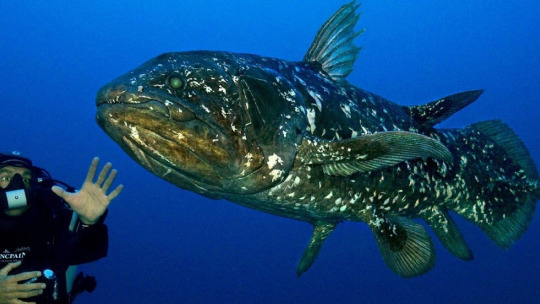
(image: a coelacanth swimming next to a SCUBA diver)
Because of the rarity of coelacanths, it's hard to figure out what conservation needs they have. The IUCN currently classifies the west Indian ocean coelacanth as critically endangered (with an estimated population of less than 500) and the Indonesian coelacanth as vulnerable. Their main threat is bycatch, when they are caught in nets intended for other species. They aren't fished commercially as their meat is very unappetizing, but getting caught in nets is still very dangerous and their slow reproduction and maturation means that it is long and difficult to replace population losses. There is an international organization, the Coelacanth Conservation Council, dedicated to coelacanth conservation and preservation.
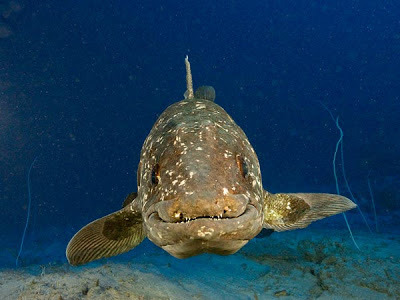
(image: a coelacanth facing the camera. The shape of its mouth makes it look as though it is smiling)
#wet beast wednesday#coelacanth#marine biology#biology#zoology#ecology#animal facts#fish#fishblr#old man fish#lobe-finned fish#sarcopterygii
1K notes
·
View notes
Text
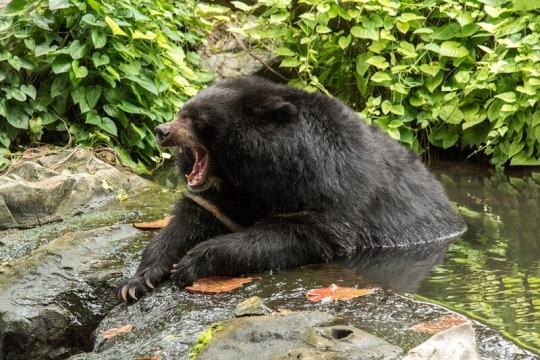
Mornings are no fun, even when you’re a wet beast
2K notes
·
View notes
Text

happy wet beast wednesday
2K notes
·
View notes